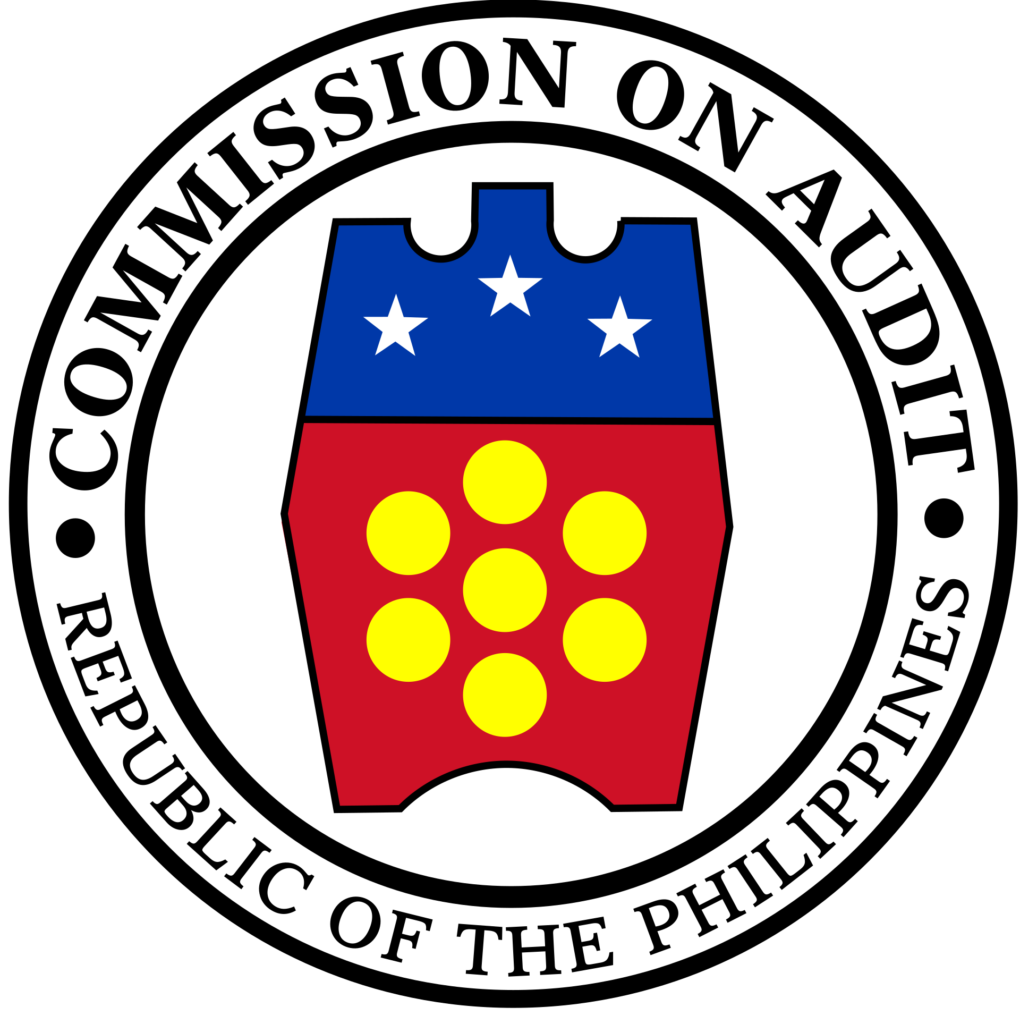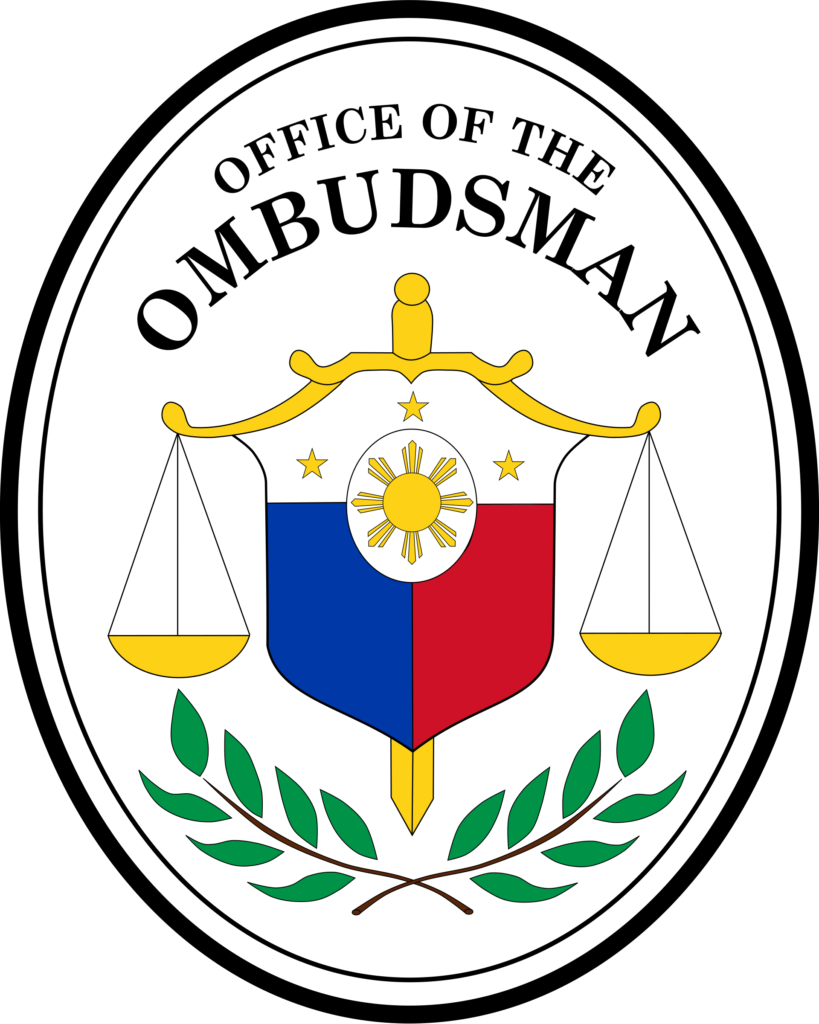The concept of “Pinoy Pride” has emerged as a powerful cultural phenomenon that reflects the deep-seated patriotism and collective achievements of the Filipino people, both within the Philippines and across its vast diaspora. This cultural expression encompasses a wide spectrum of accomplishments, from individual success stories to collective milestones that have shaped the Filipino identity on the global stage. The phenomenon has gained significant momentum in the digital age, where social media platforms have become vital channels for sharing and celebrating Filipino achievements worldwide. As we delve into this cultural manifestation, we’ll explore its historical roots, contemporary expressions, and the complex interplay between national identity and the Filipino diaspora that spans continents.
Historical Context of Filipino Pride
The foundations of Pinoy Pride can be traced back to the Philippines’ rich historical narrative of resilience and achievement. The country’s journey through colonization, independence, and modern nation-building has fostered a unique sense of cultural identity and national consciousness. During the American colonial period (1898-1946), Filipino achievements in literature, sports, and education began gaining international recognition, setting the stage for what would later evolve into the modern Pinoy Pride movement. The post-independence era saw Filipinos increasingly making their mark on the global stage, from Carlos P. Romulo becoming the first Asian President of the United Nations General Assembly in 1949 to the emergence of Filipino artists and professionals in various international arenas.
The Global Filipino Diaspora
Geographic Distribution of Filipino Overseas Workers and Migrants
The Filipino diaspora represents one of the largest global migration phenomena in modern history, significantly contributing to the spread and reinforcement of Pinoy Pride across borders. Here’s a breakdown of the official data from the Philippine Statistics Authority (2022):
| Region | Number of Overseas Filipinos | Percentage |
|---|---|---|
| Asia | 3,832,000 | 41.2% |
| North America | 3,353,000 | 36.1% |
| Europe | 1,109,000 | 11.9% |
| Middle East | 885,000 | 9.5% |
| Oceania | 114,000 | 1.2% |
| Africa | 10,000 | 0.1% |
Impact on Global Labor Markets
The contribution of Filipino workers to the global economy has been substantial and widely recognized. According to the Bangko Sentral ng Pilipinas (2023), overseas Filipino workers (OFWs) remitted US$32.54 billion in 2022, accounting for approximately 8.9% of the Philippines’ GDP. This economic impact has helped establish Filipinos as valuable contributors to both their host countries and their homeland, fostering a sense of pride in their global economic significance.
Cultural Achievements and Recognition
Entertainment and Arts
Filipino talents have increasingly gained international acclaim, showcasing the Philippines’ rich cultural heritage and creativity. Notable achievements in the field include:
| Achievement | Year | Significance |
|---|---|---|
| Lea Salonga’s Tony Award | 1991 | First Asian to win Best Actress in a Musical for her role in Miss Saigon. |
| H.E.R.’s Grammy Awards | 2019-2021 | Multiple Grammy wins, including Song of the Year, spotlighting Filipino artistry. |
| Jo Koy’s Netflix Specials | 2019-2022 | Global platform for Filipino-American comedy, bringing Filipino culture to a global audience. |
| Catriona Gray’s Miss Universe Win | 2018 | Highlighted Filipino beauty, talent, and advocacy on an international stage. |
| Dolly De Leon “Triangle of Sadness) | 2023 | Celebrated the contributions of Filipino talent in global cinema production. |
These milestones reflect the vibrant creativity of Filipinos, from music and theater to global cinema and comedy.
Sports Achievements
Boxing and Combat Sports
The Philippines is widely recognized for its dominance in boxing and combat sports, earning national and international pride. Key milestones include:
Boxing and Combat Sports
| Athlete | Achievement | Year |
|---|---|---|
| Manny Pacquiao | Only boxer to win world titles in eight divisions | 1998–2019 |
| Carlos Yulo | First Filipino gymnast to win Olympic gold medals; secured two golds in floor exercise and vault at the Paris Olympics | 2024 |
| EJ Obiena | First Filipino to win a World Athletics silver medal; Asian record holder with a 6.00-meter pole vault clearance | 2023 |
| Hidilyn Diaz | First Filipino Olympic gold medalist in weightlifting | 2021 |
These achievements cement the Philippines’ place on the global stage, inspiring future athletes to reach greater heights.
Academic and Scientific Achievements
Filipino minds have made significant strides in academic and scientific fields, contributing to global knowledge and technological advancements:
| Name | Field | Achievement | Year |
|---|---|---|---|
| Fe del Mundo | Pediatrics | First woman admitted to Harvard Medical School; pioneering pediatric care innovations | 1940s |
| Dr. Josette Biyo | Science Education | First Asian to have a minor planet named after her | 2002 |
| Maria Orosa | Food Technology | Invented banana ketchup and other food preservation methods | 1940s |
| Dr. Alfredo Mahar Lagmay | Disaster Science | Contributions to hazard mapping and disaster risk reduction | 2010s |
These Filipino pioneers highlight the nation’s intellectual and innovative spirit, fostering advancements that impact lives globally.
Digital Expression of Pinoy Pride
Social media has become a powerful platform for expressing and amplifying Pinoy Pride. According to We Are Social’s Digital 2023 Report, Filipinos spend an average of 4 hours and 15 minutes daily on social media, making them among the world’s most active social media users. This digital engagement has transformed how Filipino achievements are celebrated and shared globally, creating virtual communities that reinforce cultural identity and national pride.
Critical Analysis of the Phenomenon
Positive Aspects
The Pinoy Pride phenomenon has several beneficial effects on Filipino society and identity:
- Strengthens cultural cohesion among dispersed Filipino communities
- Promotes positive role models for younger generations
- Encourages excellence and achievement across various fields
- Facilitates cultural exchange and understanding with other nations
- Boosts national morale and collective self-esteem
Challenges and Criticisms
However, scholars and critics have identified potential drawbacks:
- Risk of excessive nationalism or cultural superiority
- Tendency to claim partial Filipino heritage as full representation
- Possible overshadowing of domestic issues requiring attention
- Risk of measuring success primarily through foreign validation
- Challenge of maintaining authentic cultural identity while pursuing global recognition
Economic Impact of Filipino Achievement
The recognition of Filipino talent and skills has translated into tangible economic benefits. According to the Philippine Statistics Authority (2023):
| Sector | Annual Contribution to GDP | Growth Rate |
|---|---|---|
| OFW Remittances | 8.9% | 3.6% |
| BPO Industry | 7.5% | 10.8% |
| Creative Industries | 7.3% | 6.5% |
| Tourism | 12.7% | 9.2% |
Future Perspectives
The evolution of Pinoy Pride continues to shape the Filipino national identity in the 21st century. Emerging trends suggest:
- Increased recognition in technology and innovation sectors
- Growing influence in global creative industries
- Stronger presence in international scientific research
- Enhanced cultural diplomacy through achievement celebration
- Greater integration of Filipino talent in multinational corporations
Conclusion
The Pinoy Pride phenomenon represents a complex interplay of national identity, cultural achievement, and global recognition. While it serves as a powerful force for unity and motivation among Filipinos worldwide, its sustainable development requires careful balance between celebration and critical awareness. As the Filipino diaspora continues to grow and achieve across various fields, the phenomenon’s evolution will likely play an increasingly important role in shaping both national identity and international perceptions of Filipino capability and contribution to global society.
Disclaimer: This article presents information compiled from various official sources including the Philippine Statistics Authority, Bangko Sentral ng Pilipinas, Department of Science and Technology, and other verified academic sources. While every effort has been made to ensure accuracy, some data may be subject to updates or revisions. Readers are encouraged to verify current statistics through official channels and report any inaccuracies for prompt correction. This analysis of the Pinoy Pride phenomenon represents a scholarly interpretation of available data and documented cultural observations.




